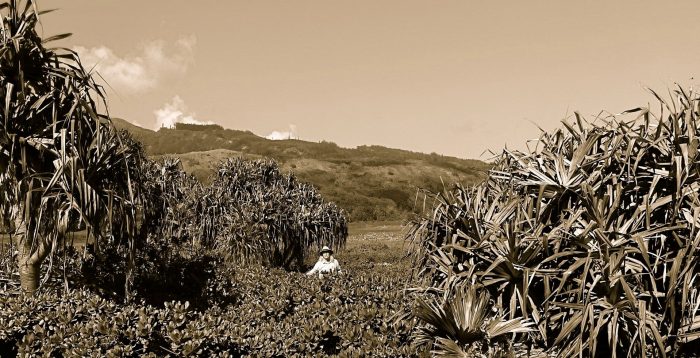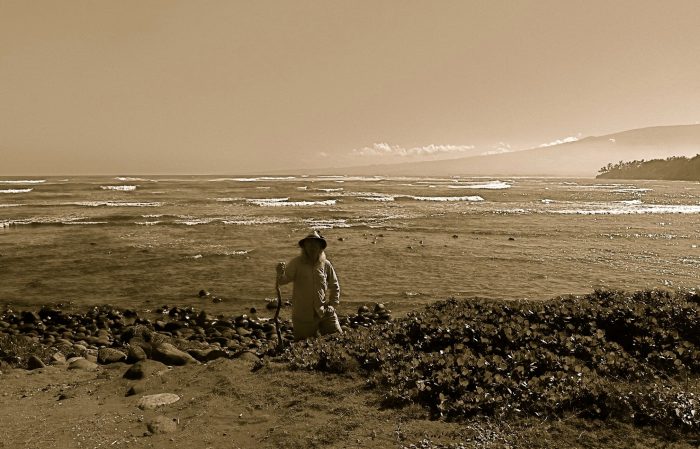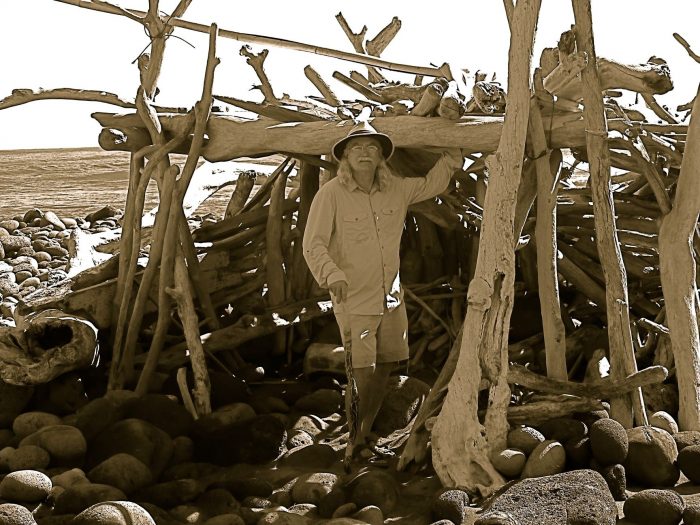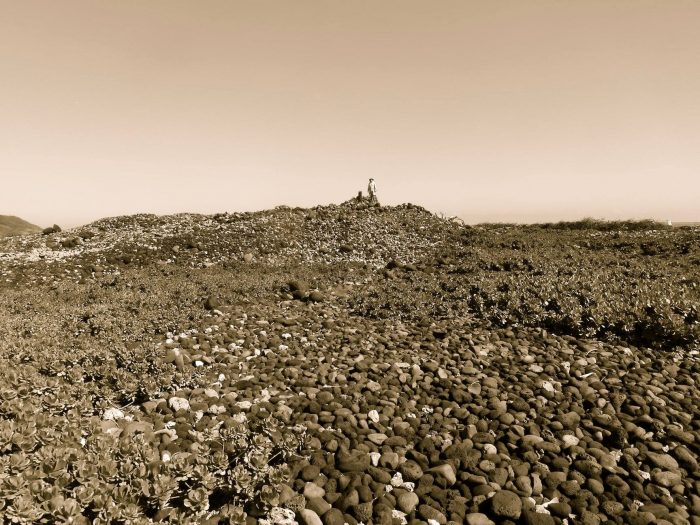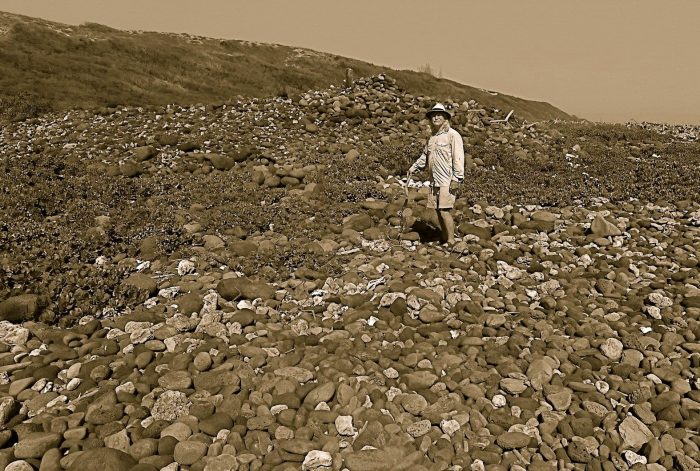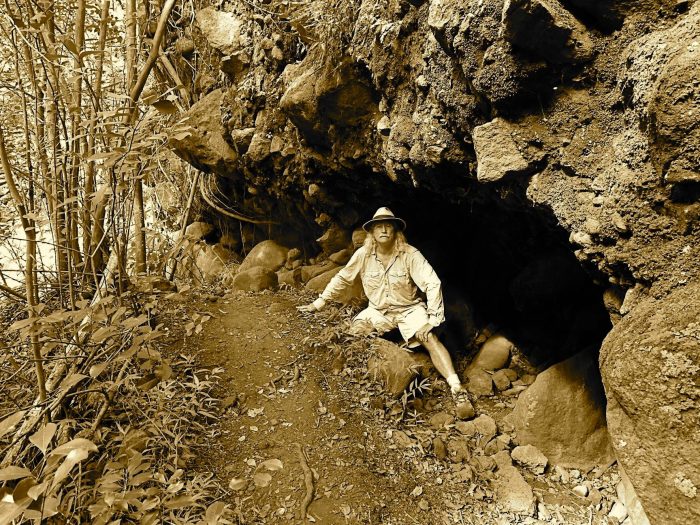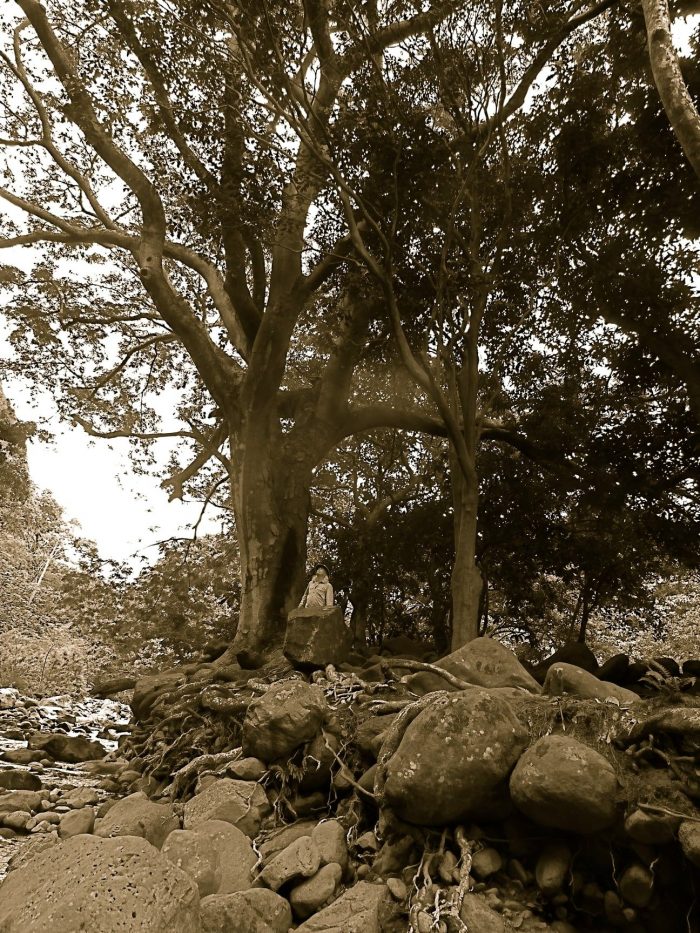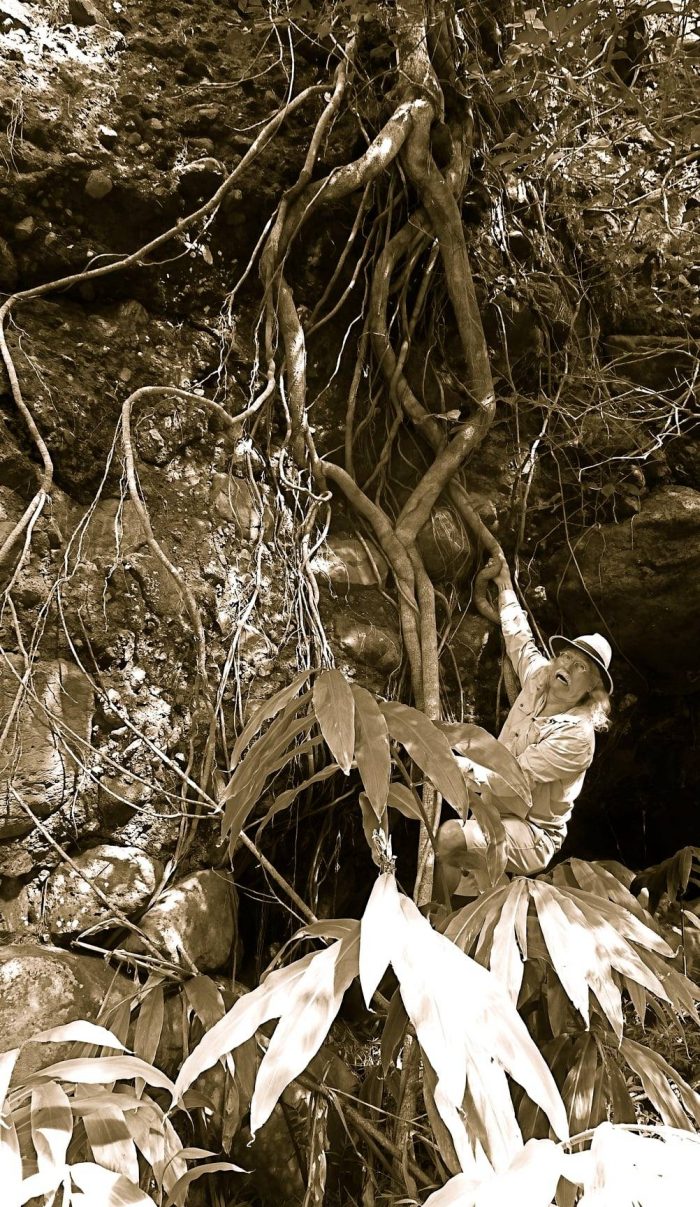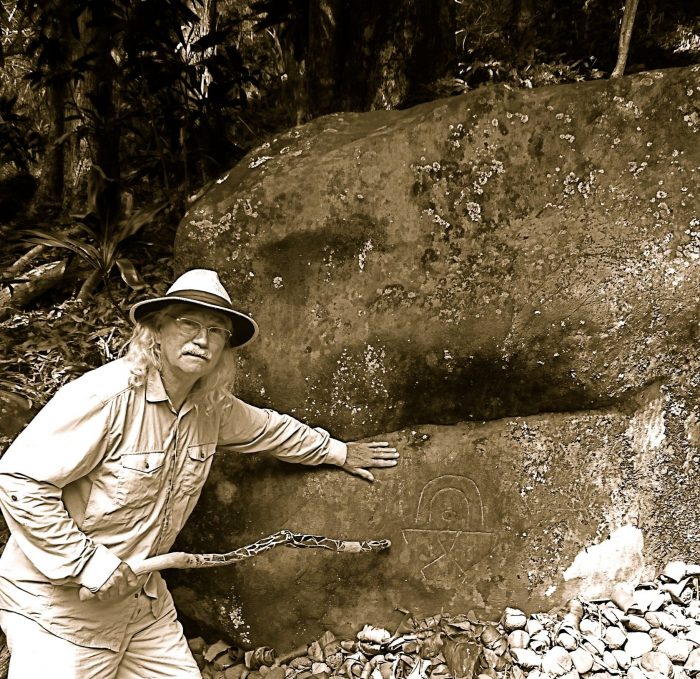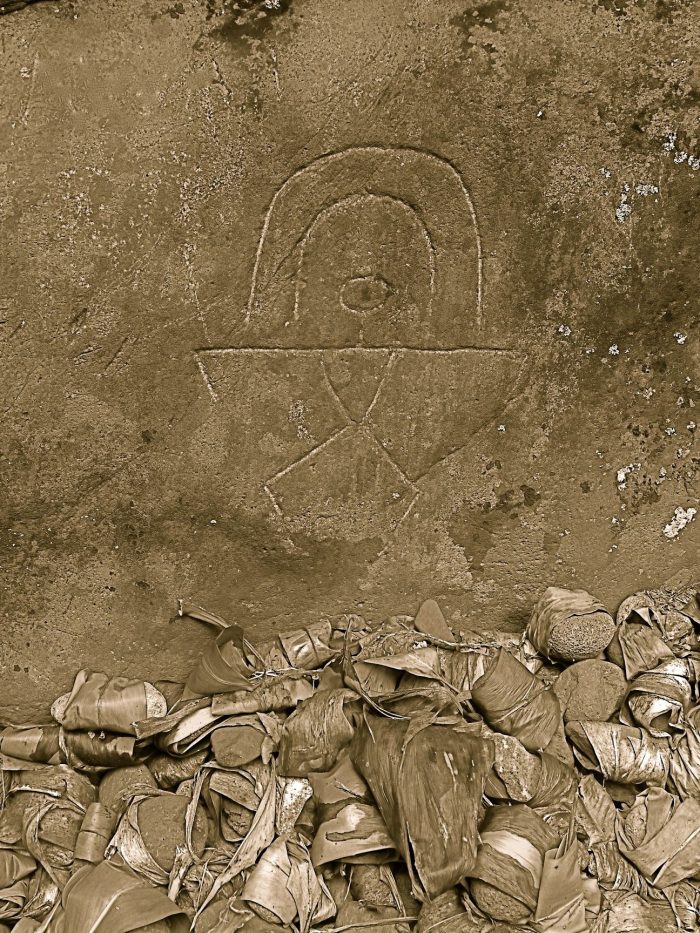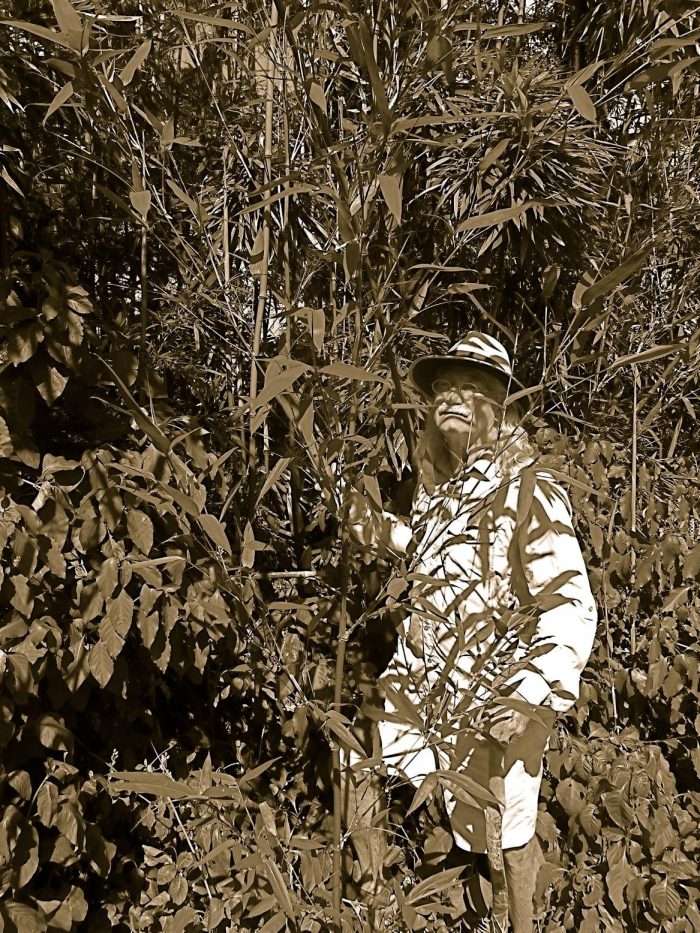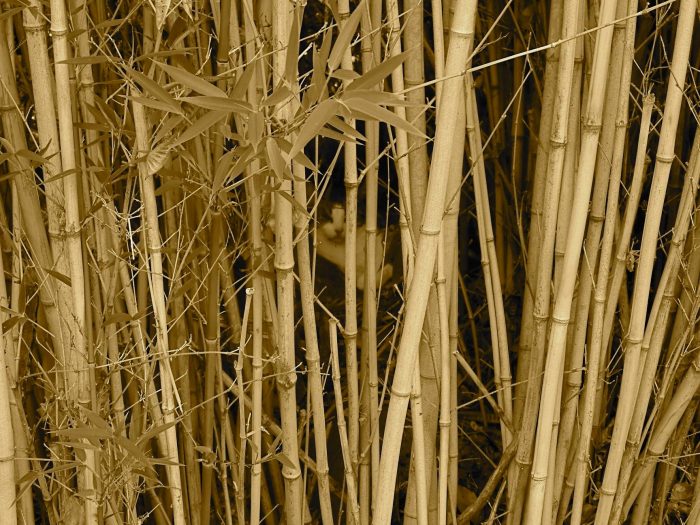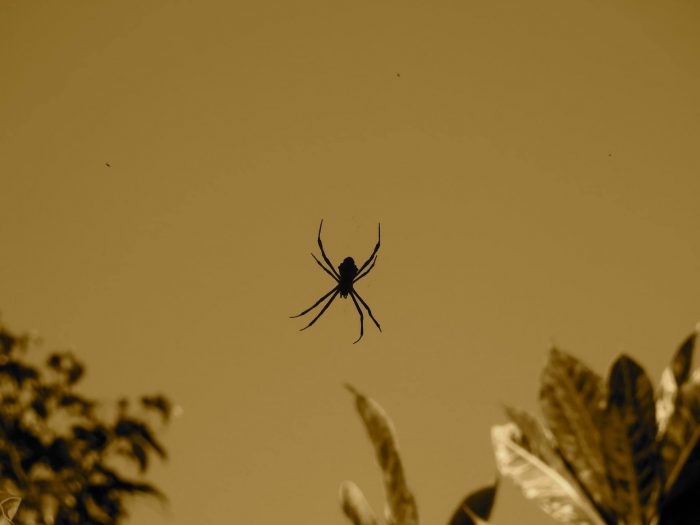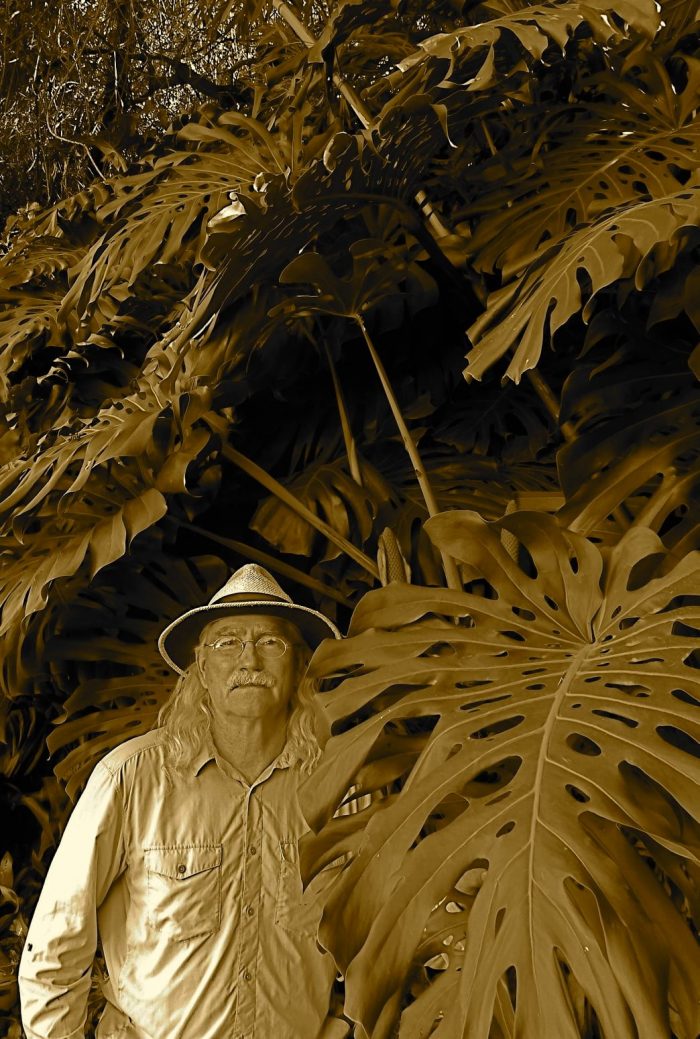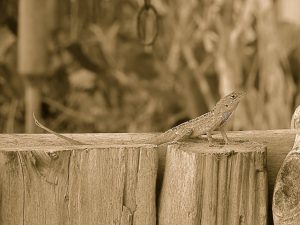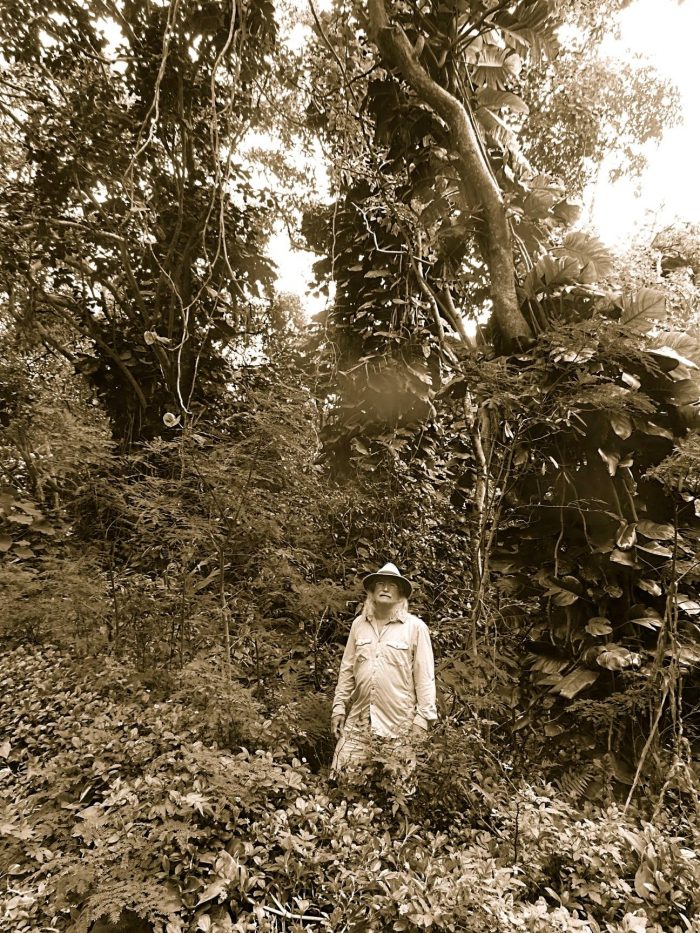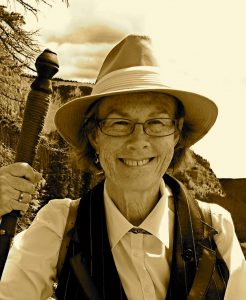With temperatures hovering around 30 degrees below zero (-22°F) in Calgary, it seemed a good time to journey to the American Territory of Hawaii. My lovely wife, Lady Eleanor, accompanied me in the role of photographer so we could document this historic venture. Ever since the overthrow of the Kingdom of Hawaii in 1893 and the subsequent annexation by the United States five years later, the development and exploitation of these islands has moved at a breakneck pace. I wanted to see what remained of the older island culture before it all disappears.
One of the first hotels in Maui was the Pioneer Hotel. When George Freeland arrived in the Lāhainā on a ship that had just come from a long voyage through the south seas in 1901, he noted the need for a hotel. George organized a stock company, Pioneer Hotel, Ltd., immediately began construction, and the hotel opened the first week of December 1901. It remains the only place for visitors to stay on Maui’s west side.
The northshore town of Paia has it’s roots in the plantation camps which housed workers of the Paia Sugar Mill which opened in 1880 The Paia store was built in 1896 to support the needs of the immigrant sugar workers attracted from many different cultures and races who came to work in the mill or nearby cane fields. Paia’s people are a mix of Chinese, Filipino, Japanese, Korean Puerto Ricans, Portuguese, and Native Hawaiian who live and work together in harmony.
Other than the railroads and roads used for commercial enterprises, transportation around the island is relatively limited. Having a friend who settled in Wailuku town some 20 years ago, and I used his estate as a basecamp to explore the sites and ruins in that area. The establishment of Wailuku as the County seat in 1905 has encouraged additional business activity and the town has become an important commercial centre.
The estate lies near the banks of the Iao stream which flows out of the West Maui Mountains, close to where the old water powered sugar mill was built in 1882. In 1890 the mill was moved about 1 mile to the northeast to a site along Halewili Street, and steam driven equipment was installed. The original mill site is now used as stables for the Wailuku Sugar Co.
During the years since the mill was moved, the area south of the original mill site has had more streets laid out and more buildings developed. The commercial core of Wailuku has grown up in this area, along Market, South High and Main Streets, with dwellings set behind these streets and on side streets.
The Iao Valley was the site of the infamous battle of Kepaniwai in 1790. King Kamehameha sought dominion over all the Hawaiian islands and landed his war fleet at nearby Kahului while Maui’s chief, Kahekili was away on Oahu. He pursued Kahekili’s son Kalanikupule and other Maui chiefs deep into ‘Iao Valley. Kamehameha’s warriors were aided by his Western cannon, called Lopaka, and two foreign advisors who operated it. Many were slaughtered in the bloody battle, called Kepaniwai (“the damming of the waters”), because bodies literally dammed the stream which flowed red with blood. It suggested an interesting area to investigate.
Despite the hardships of travel during the current plague, I found the trip a pleasant break from winter in the Dominion. While mosquitos and spiders are very prolific, there are no snakes in the jungles of Maui, allowing a more relaxed exploration than in similar environs elsewhere. I would recommend the excursion during the Dominion winter. From my friend’s observations, I would avoid summer there due to the extreme heat.
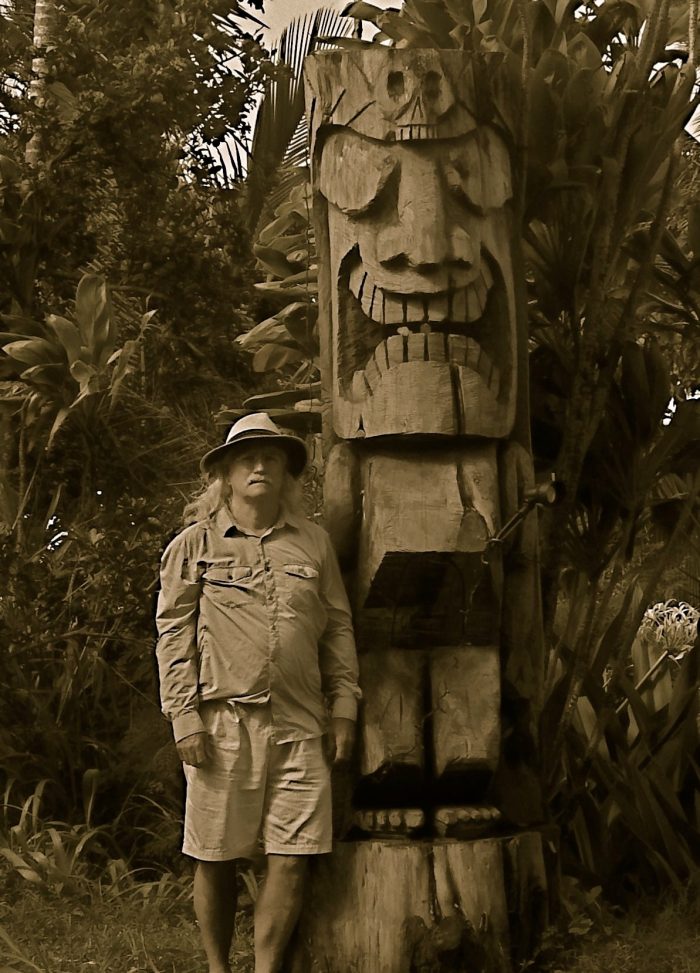
This tiki now stands near the entrance to an estate outside Paia. It may once have stood atop a heiau.
The transition from minus 30 (-22°F) to plus 30 (+86°F) left your intrepid explorer wrinkled and, dare I confess it, sweaty! Despite my deplorable appearance, I have included some photos with this report so that you can judge the conditions that exist in this area today.
Submitted this 6th day of February, 1910
Colonel Reginald Reinholt, DGS

